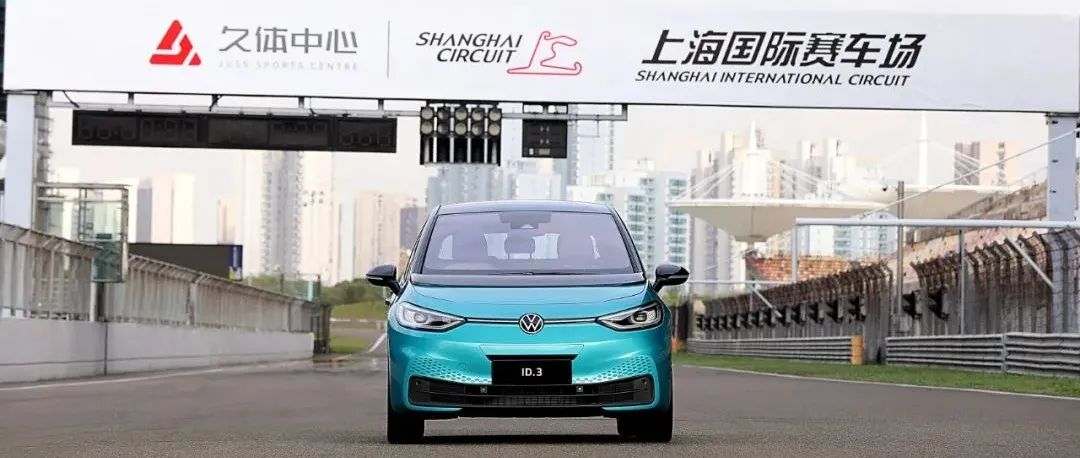Author: DoliJun
While driving my old Volkswagen Lavida home from work, I suddenly received an invitation from SAIC Volkswagen to experience the ID.3 in Shanghai. Memories of my faithful Lavida, which had been with me for 8 years and traveled 110,000 kilometers without ever leaving me stranded on the side of the road, came flooding back.
Admittedly, SAIC Volkswagen has great capital in the traditional fuel vehicle field with its strong German quality and robust reliability, enabling it to top the sales charts in China repeatedly. However, in the new energy vehicle sector, SAIC Volkswagen has just begun to lay out its plan with the launch of ID.4X and ID.6X this year. From my perspective, SAIC Volkswagen needs one final push.
Finally, that push has arrived in the form of the first ID series model, the SAIC Volkswagen ID.3.
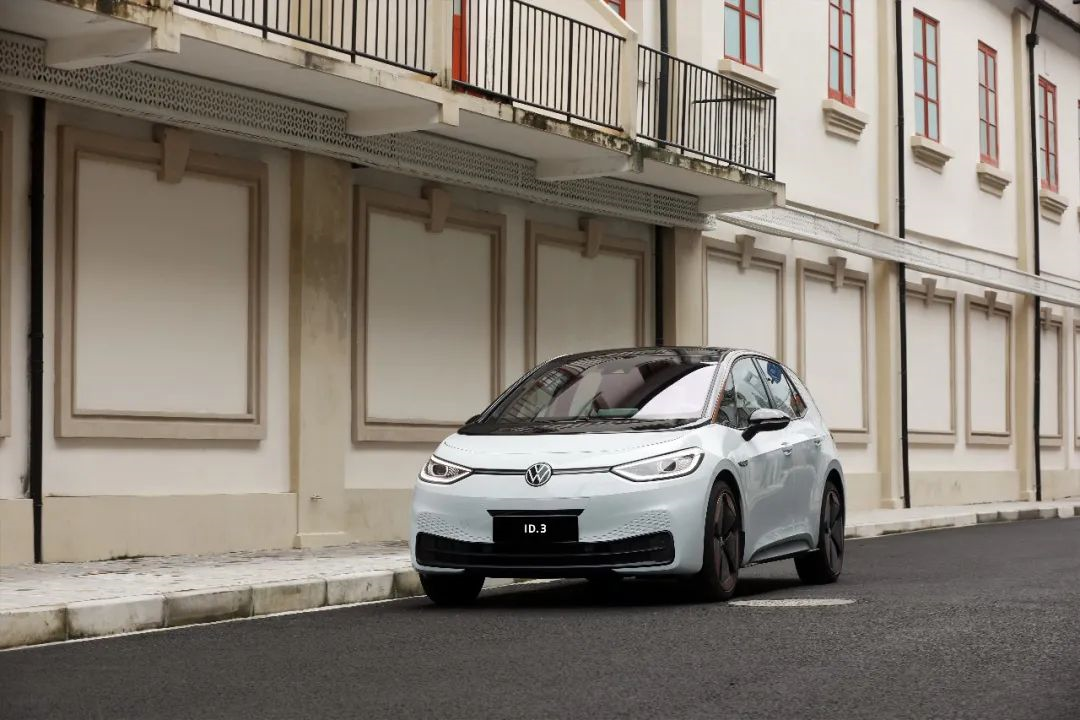
First Impressions of the ID.3 – It’s No Wonder It’s a Global Bestseller!
In fact, ID.3 was extremely popular as the first model launched in the European market, not only surpassing Tesla but also becoming the top-selling electric car in Europe. Now, the SAIC Volkswagen ID.3 has finally arrived in the Chinese market as the third model in the SAIC Volkswagen ID. series, making it highly anticipated.
Therefore, when I first saw the SAIC Volkswagen ID.3, I didn’t just “appreciate” its exterior design, but rather “savored” it. The front end is the distinctive, futuristic ID. family chrome-plated front face we are already quite familiar with, complemented by a relief-shaped bumper. The ID.3’s position is both captivating and exciting. At the same time, thanks to ID.3’s clever use of a long wheelbase and short overhangs, as well as its unique patterned dot matrix design, the body posture is highly agile and the details bring us surprises in the midst of the ordinary, constantly emanating the beauty of motion.
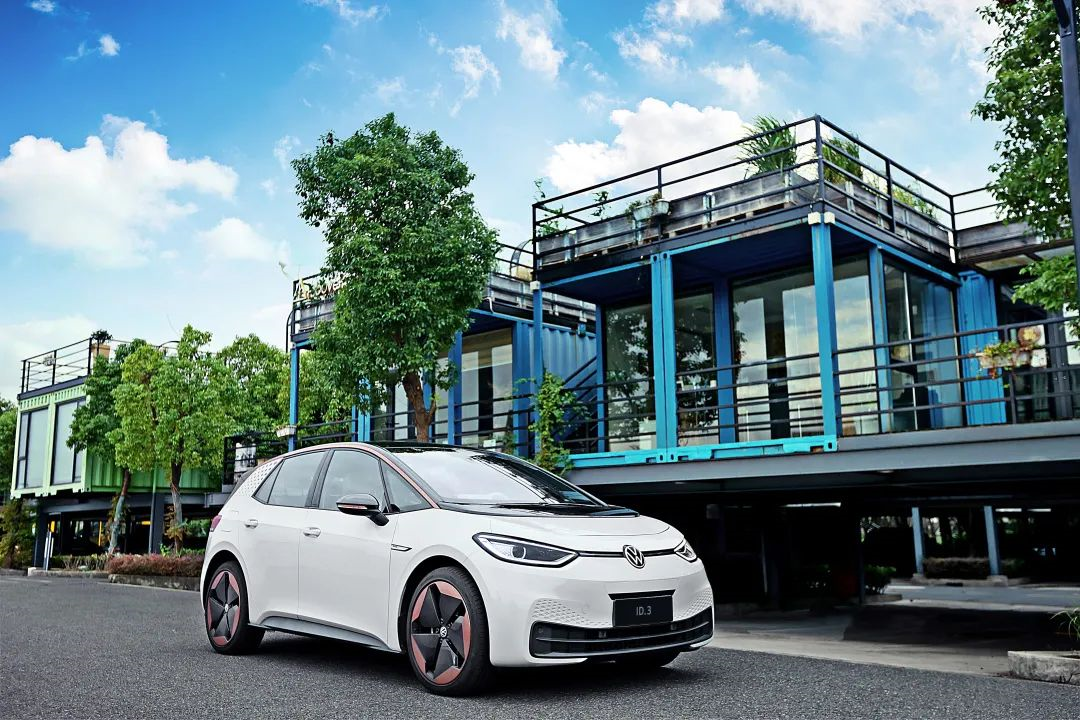
It is worth mentioning that the SAIC Volkswagen ID.3 comes in five trendy body colors, including Aurora Green, Cyber Yellow, and Crystal White, each of which has its own corresponding interior color scheme. Furthermore, beyond the three main themes, SAIC Volkswagen ID.3 also introduces a unique “Bright Moon Venus” skin package, offering even more personalized interior and exterior combinations.In the Moon and Venus Skin Pack, the appearance of the SAIC Volkswagen ID.3, such as the body side wings, wheel hubs, and the diamond-shaped grille pattern on the C-pillar, are all decorated in shimmering gold. Its interior design is attracting media attention.
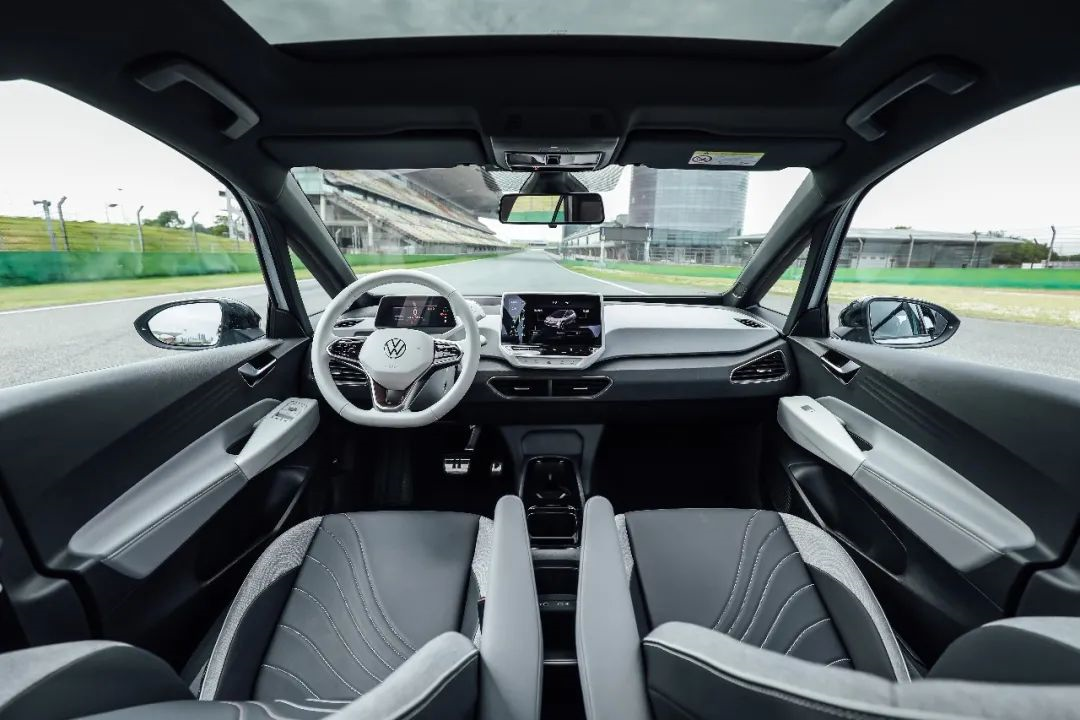
The interior of the SAIC Volkswagen ID.3 features a combination of colors and a minimalist design, which makes even a writer who is used to seeing the old-fashioned design of the Laohan Yi family feel refreshed. In the Moon and Venus Skin Pack, the ID.3 uses a black and gray color scheme with a porcelain-white control kit and accents of shiny gold on the steering wheel and air conditioning vents. This has deeply attracted the writer who was already fascinated by the ID.3, planting a seed in their heart.
Of course, from a professional perspective, domestic consumers have long gone beyond the era of buying cars based on their “look”. What they value more is the quality of the car’s driving performance and its limitations. This is also the meaning of existence for every media colleague. The SAIC Volkswagen ID.3 test drive activity is divided into two categories: circuit driving and road driving.
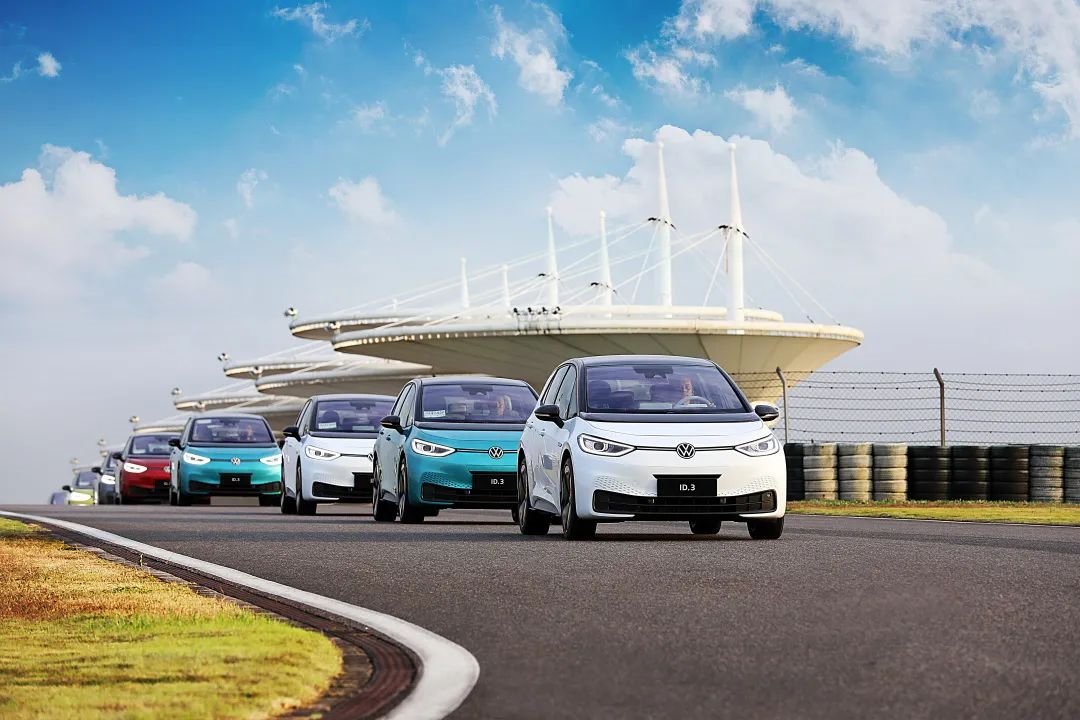
Where is the limit of ID.3? See the real chapter on the track!
Let’s talk about the experience of driving the SAIC Volkswagen ID.3 on the track first. Before we get started, let’s clarify a few key points. This event will be held at the Shanghai International Circuit, which is the only F1-level international racing circuit in China. The overall track experience includes slalom, elk test, wind-and-fire wheel acceleration, and the Schumacher high-speed corner experience.
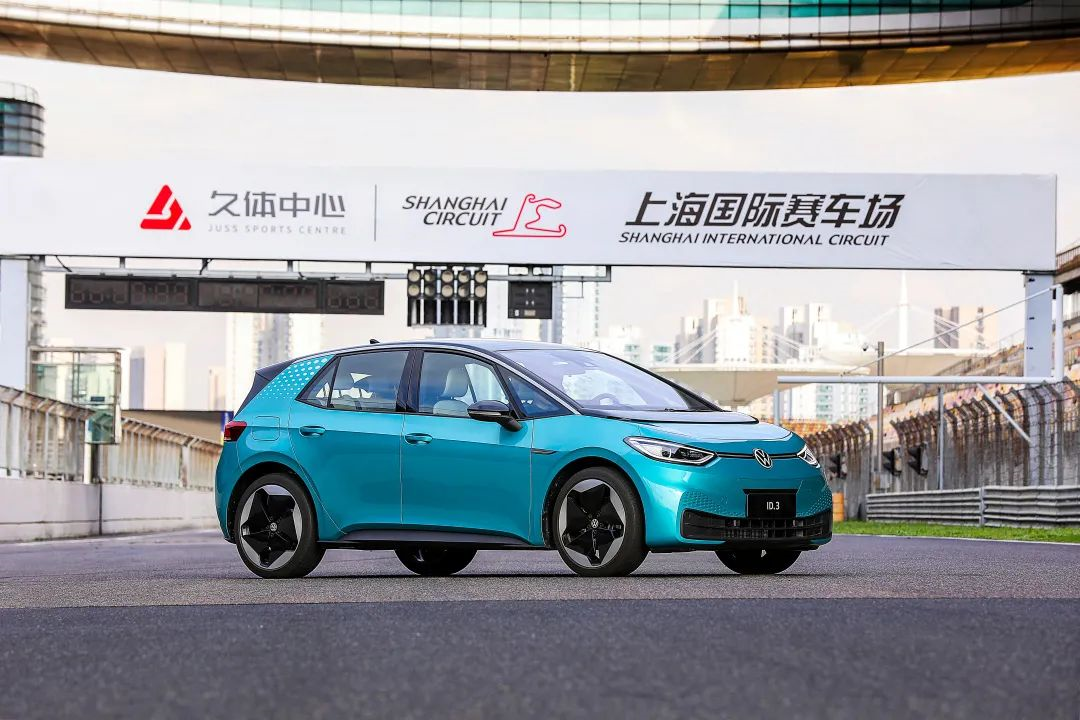
In the slalom experience, the SAIC Volkswagen ID.3 passed through each barrel gracefully with an almost 50:50 front-to-rear weight distribution, demonstrating a “rock-solid” stability. Its steering feel is relatively light, combined with Volkswagen’s German precision in directional control, making the first experience simple and easy.
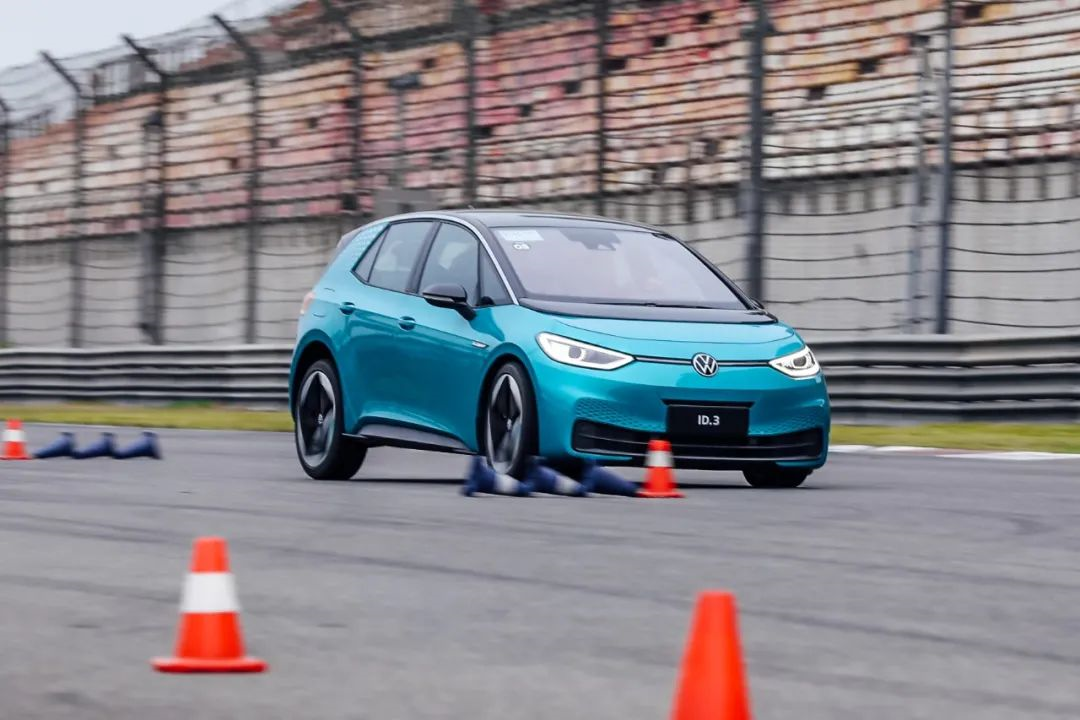 If we consider slalom as an “appetizer,” then it’s time to see the real ID.3 performance in testing. At the SAIC Volkswagen test, it was expected that the battery pack under the ID.3 chassis would be a major obstacle, but the actual feeling was that ID.3 could easily pass through at a speed of 70 km/h. It is evident that the SAIC Volkswagen ID.3 chassis tuning has some real skills behind it, as precise steering and strong support from its suspension system both have played a significant role in quick lane changing maneuvers.
If we consider slalom as an “appetizer,” then it’s time to see the real ID.3 performance in testing. At the SAIC Volkswagen test, it was expected that the battery pack under the ID.3 chassis would be a major obstacle, but the actual feeling was that ID.3 could easily pass through at a speed of 70 km/h. It is evident that the SAIC Volkswagen ID.3 chassis tuning has some real skills behind it, as precise steering and strong support from its suspension system both have played a significant role in quick lane changing maneuvers.
In the windmill acceleration and Schumacher high-speed cornering experience, SAIC Volkswagen ID.3 also performed well, with its maximum power of 125 kW and maximum torque of 310 N*m. The acceleration performance of 0-50 km/h in 3 seconds is reasonable for an ID.3, given the fact that the real battlefield for ID.3 will be the zigzag city streets.
Enjoy Quality and Leisure in Motion or Stillness
It can be noticed that SAIC Volkswagen ID.3 has become more comfortable when driving on city roads, as opposed to the racing track where it feels tightly tuned. Of course, this comfort may also have some connection with the drivers themselves. Driving an ID.3 with a car length of only 4261 mm and a width of only 1778 mm in Shanghai, renowned for its traffic jams, from Hongqiao to the Huangpu River, where the small body size of ID.3 is greatly advantageous.
In fact, the author has had some resistance to new energy vehicles, because of the limited range of electric cars or the polarization of new energy vehicle models in the market, with big ones being too big and small ones being too small, without a suitable class appropriate for everyone. However, on the SAIC Volkswagen ID.3, the author has found exactly what they were looking for.It not only meets my space requirements, with a wheelbase of 2765mm, ID.3’s spaciousness would be considered as A+ or even B-level in traditional fuel cars. Additionally, it also needs to meet my daily commuting needs. With a NEDC range of 430km, ID.3 calculates real-time driving range based on factors such as vehicle speed, temperature differentials inside and outside the car, air conditioning, lighting, and more. Moreover, SAIC Volkswagen’s ID.3 only takes 28 minutes under fast charging to reach 80% battery capacity. Range anxiety is not even a thing for the ID.3.
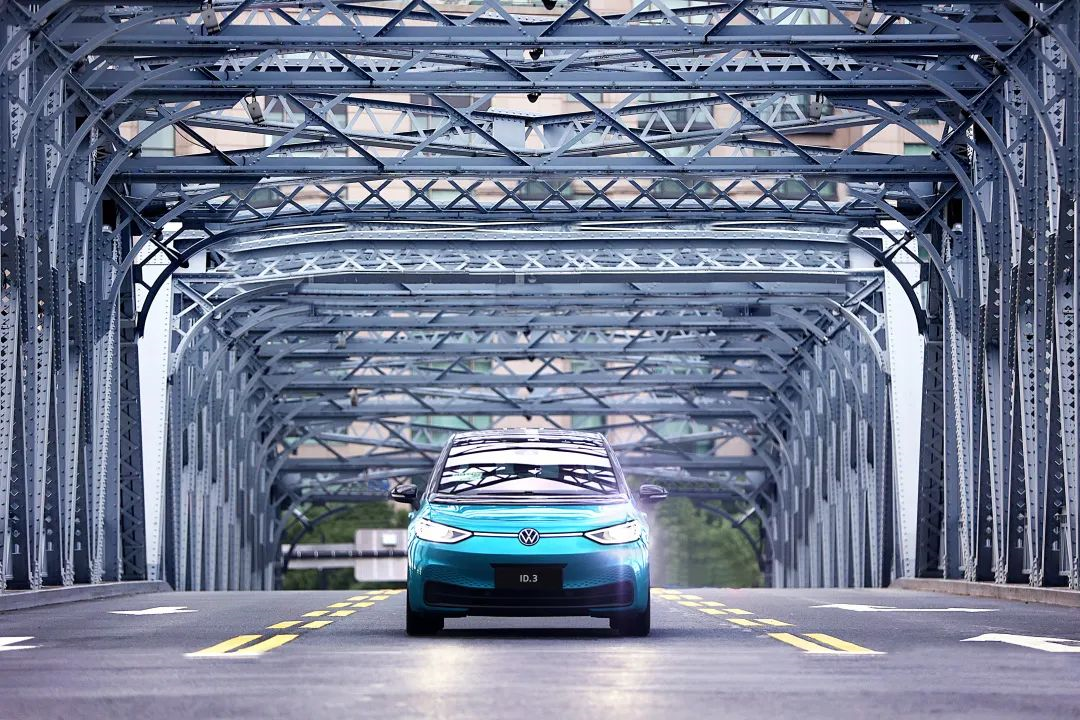
Looking at it, the performance of SAIC Volkswagen’s ID.3 on urban roads not only meets my driving needs, but also meets the needs of the vast majority of users for new energy vehicle models. Furthermore, ID.3 is an SAIC Volkswagen vehicle, and SAIC Volkswagen’s new energy vehicle models are more like “returning to the essence of cars,” as each model of the ID. family has a strong Germanic style that indicates it’s a Volkswagen.
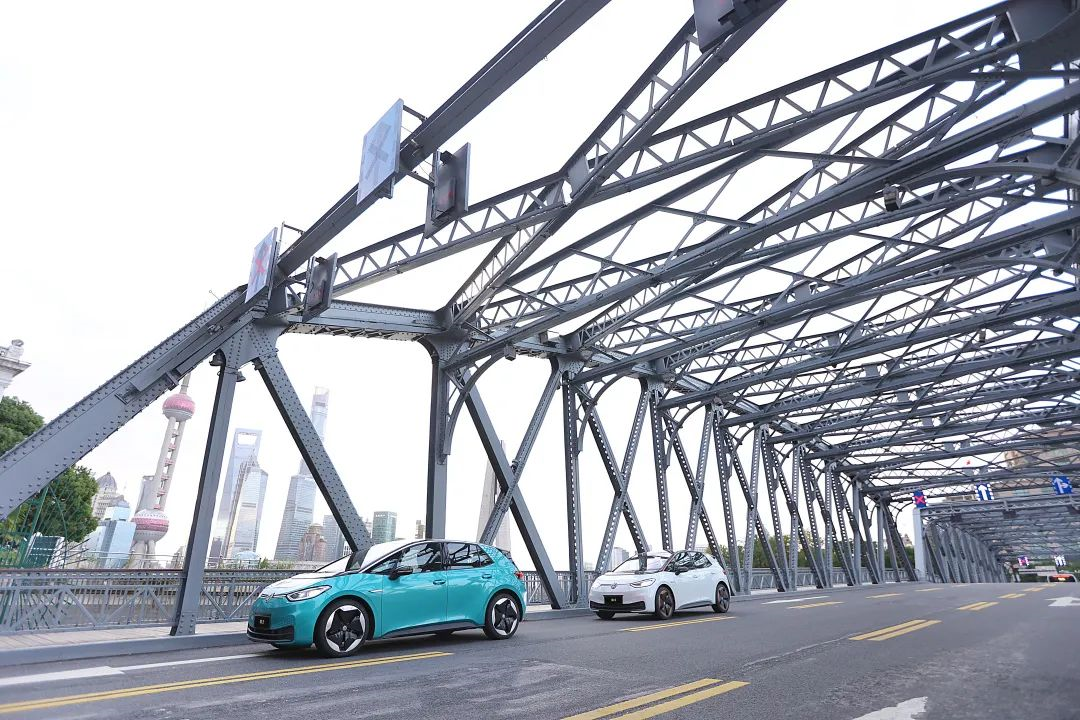
Now looking back at it, the car models under the new forces that shape the auto industry focus primarily on their technological and intelligent features, while SAIC Volkswagen’s ID.3 still has an excellent technological configuration. However, ID.3 stands out with its “car” quality that the others lack, perhaps this is what SAIC Volkswagen’s ID.3 meant by “quality and pleasure.”
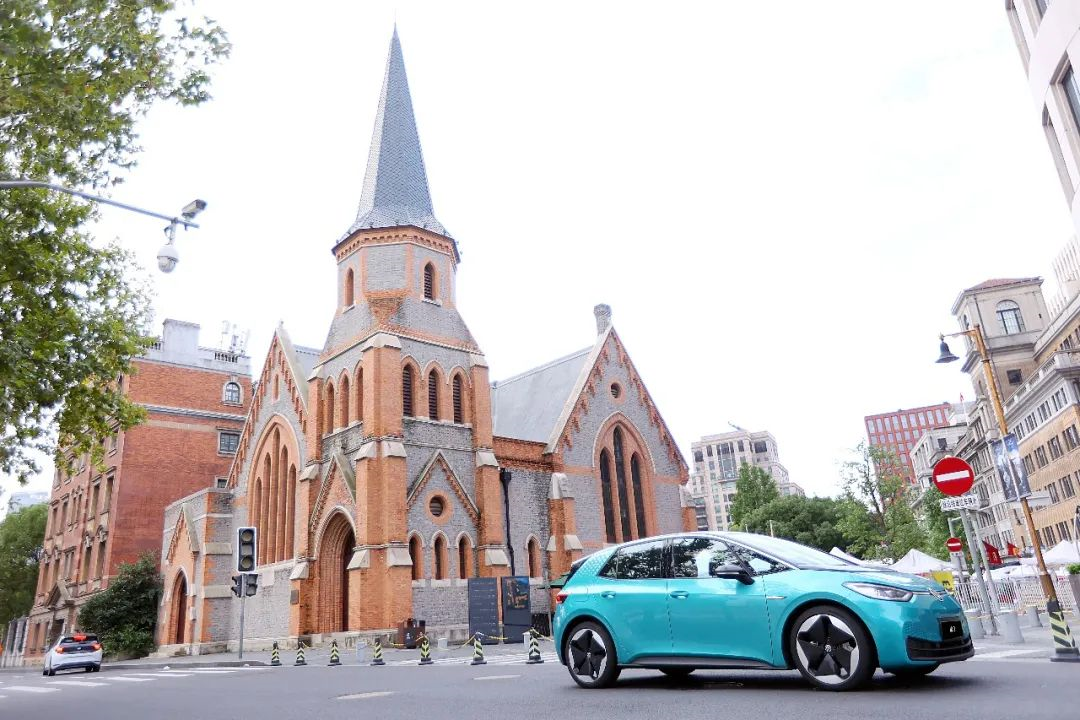
Duolijun’s Words:
After deep experiencing the SAIC Volkswagen ID.3, it is not difficult to see that SAIC Volkswagen’s understanding of the new energy market is more in line with Chinese consumers’ expectations. With its sleek and stunning design, coupled with the Volkswagen’s continually evolving Germanic driving quality, the ID.3 made a deep impression on me. The phrase “Volkswagen knows Chinese drivers the best” is entirely fitting here, as there is no other model available for 159,888-173,888 yuan that can match the ID.3’s quality.
This article is a translation by ChatGPT of a Chinese report from 42HOW. If you have any questions about it, please email bd@42how.com.
